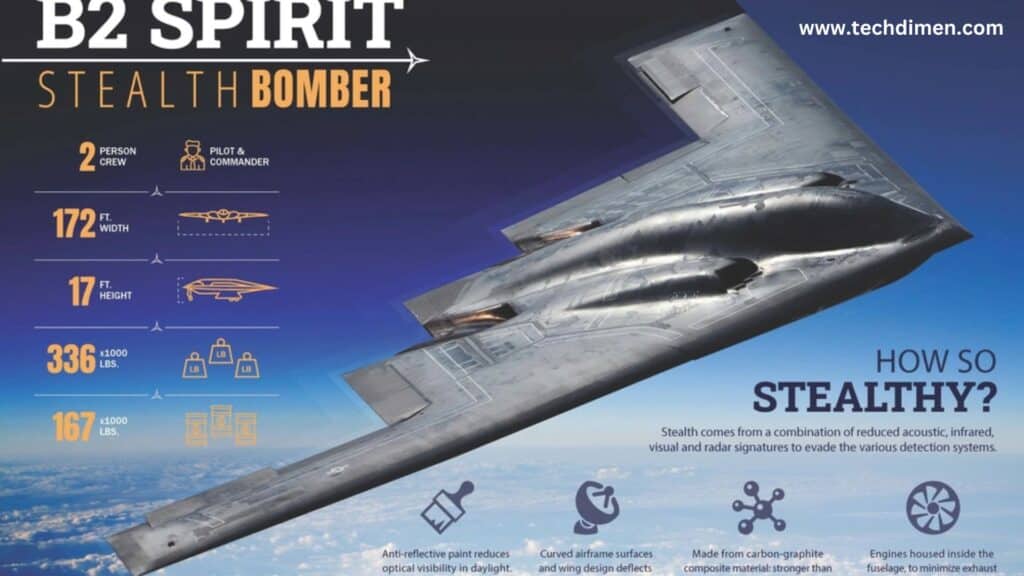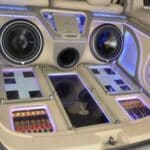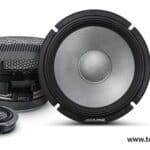The B-2 Spirit Stealth Bomber technolgy Stealth Bomber, designed and built by Northrop Grumman is widely recognized as one of the most sophisticated and secretive aircraft in history. This flying wing aircraft was engineered specifically to evade radar detection and penetrate the most fortified airspaces in the world. Operating under the U.S. Air Force, it serves as a cornerstone of lon range strategic bombing missions. With only 21 units ever constructed and each costing more than $2 billion, it remains a testament to American aerospace innovation and military might.
Historical Background and Cold War Origins
The B-2’s origins trace back to the height of the Cold War, when the United States required an aircraft capable of launching surprise attacks on the Soviet Union without being detected. The Advanced Technology Bomber program initiated in 1979 laid the foundation for what would become the B-2. Northrop Grumman won the contract by proposing a flying wing design that emphasized stealth over speed or altitude. Its first flight occurred in 1989, and by the early 1990s, it had entered operational service. The B-2 Spirit Stealth Bomber technolgy s combat debut came in 1999 during Operation Allied Force, showcasing its ability to fly non-stop from Missouri to Yugoslavia and back while striking precise targets.
Engineering Stealth and Evasion
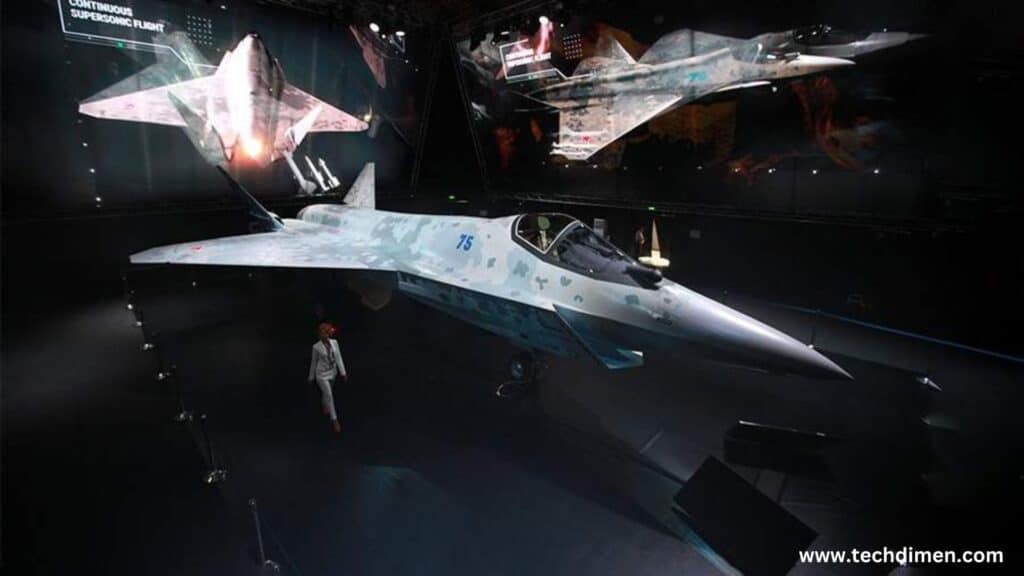
The B-2’s stealth capabilities stem from its angular flying wing shape and the extensive use of radar-absorbent materials. Its design reduces radar cross-section dramatically, helping it avoid detection from ground-based and airborne radar systems. Internal weapons bays eliminate the need for external mounting, reducing the aircraft’s visibility further. The engines are embedded within the wing structure to diminish infrared and acoustic signatures. Even routine maintenance requires climate-controlled hangars specifically built to preserve the delicate stealth coating.
Technical Mastery and Flight Capabilities
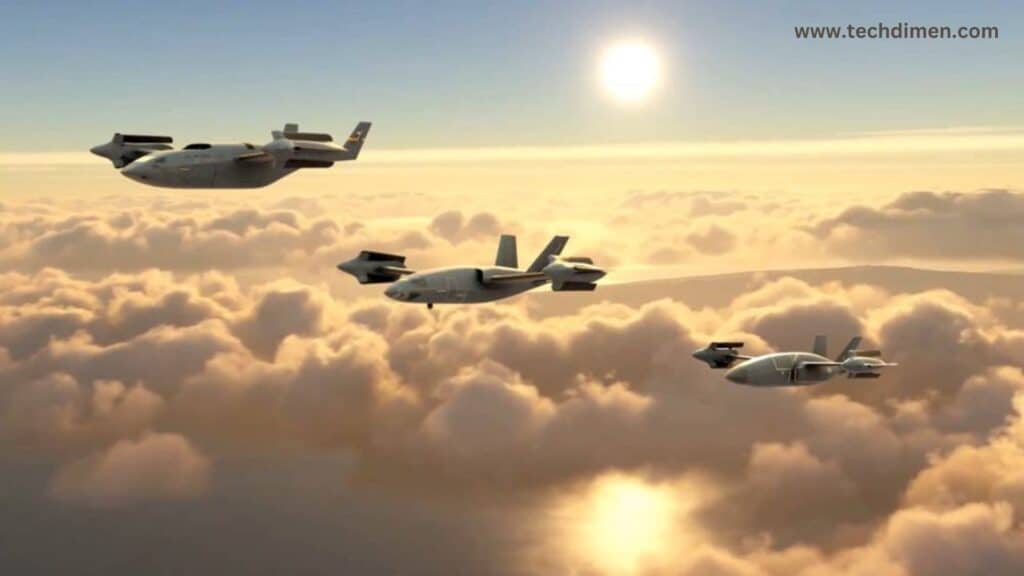
Despite its imposing wingspan of 172 feet and a length of 69 feet, the B-2 operates with a minimal crew of two. It can carry a massive payload of up to 40,000 pounds, including both conventional and nuclear munitions. Each of its four F118-GE 100 engines delivers 17,300 pounds of thrust, allowing for a maximum speed just below the speed of sound. The aircraft’s ceiling reaches 50,000 feet, and it boasts an unrefueled range of over 6,000 nautical miles. With aerial refueling, its reach extends beyond 10,000 miles, making it capable of global strike missions without reliance on forward bases.
World Combat and Deployment Record
The B-2 has participated in several major military campaigns. In 1999, it played a pivotal role in the NATO bombing of Yugoslavia. In 2001, it targeted Taliban strongholds in Afghanistan. During the 2003 invasion of Iraq, it delivered the opening salvos on Baghdad’s command infrastructure. In 2011, B-2 bombers destroyed Libyan air defense systems during Operation Odyssey Dawn. In 2017, it was deployed to strike Syrian chemical weapons sites. These missions demonstrate not only its endurance, often exceeding 40 hours, but also its precision and reliability in hostile environments.
Ongoing Upgrades and Technological Advancements
To remain viable in a rapidly evolving threat landscape, the B-2 Spirit Stealth Bomber technolgy continues to undergo critical upgrades. The integration of Open Mission Systems architecture allows for faster software and hardware updates. Defensive Management System Modernization has improved the bomber’s ability to operate in environments saturated with electronic warfare threats. Advanced communications systems now enable seamless data sharing with allied assets and next-generation platforms. The inclusion of the Long Range Stand Off missile ensures the B-2 retains a formidable nuclear delivery capability well into the next decade.
Threats in Anti Access Area Denial Zones

In today’s battlefield, powerful nations deploy extensive anti-access and area denial systems to protect key territories. These include advanced missile systems like the Russian S-500 and the Chinese HQ-19. The B-2’s design enables it to operate within these high threat environments by flying at low altitudes, using electronic jamming, and employing stealth tactics to evade detection. Its ability to be refueled in flight allows it to remain airborne for extended durations, further enhancing its penetration capabilities.
Role in the U.S. Nuclear Triad
The B-2 serves as a mobile, visible element of the U.S. nuclear triad. Unlike land based missiles and ballistic missile submarines, bombers can be launched, recalled, or redirected in real time. This flexibility allows national leaders to respond to threats without immediate escalation. The B-2 can carry both strategic and tactical nuclear bombs, including the B61 and B83. With its stealth features and deep strike ability, it ensures the U.S. maintains credible nuclear deterrence in a multipolar world.
Transitioning Toward the B-2 Spirit Stealth Bomber technolgy Raider
The upcoming B-21 Raider, also developed by Northrop Grumman, will eventually assume the B-2’s role as the primary stealth bomber in the U.S. Air Force fleet. However, until the B-21 becomes fully operational, the B-2 remains the only long range stealth bomber in active service. While the B-21 is designed with cost efficiency and autonomous operations in mind, the B-2 continues to receive upgrades that keep it relevant and capable.
Operational Costs and Maintenance Requirements
The B-2 is among the most expensive aircraft ever created. Each unit costs over $2.13 billion, and the hourly operational expense exceeds $130,000. Maintenance requires specialized facilities and highly trained crews. Stealth coatings must be applied under specific conditions, and internal systems need constant monitoring and updates. Despite these challenges, its unmatched combination of stealth, payload, and range make it a valuable asset.
Unique Characteristics and Lesser Facts
Each B-2 Spirit Stealth Bomber technolgy aircraft carries a unique name, often reflecting patriotic themes. Examples include the Spirit of America and the Spirit of Kansas. Flights typically involve midair refueling from tankers such as the KC-135 and KC-10. The bomber’s radar profile is so small that it has been likened to the size of a small bird. Its flight control system adjusts automatically thousands of times per second to maintain stability.
The Future of Airborne Strategic Power
As threats grow more complex and adversaries develop new technologies, the B-2 must adapt. Researchers are exploring the integration of hypersonic missiles, artificial intelligence for mission planning, and electronic warfare tools capable of deceiving or blinding enemy defenses. Future enhancements may also include swarm drone deployment and time data fusion from multiple sources. These innovations will keep the B-2 effective in both conventional and unconventional warfare scenarios.
FAQs
What makes the B-2 Spirit Stealth Bomber technolgy invisible to radar?
The B-2 Spirit achieves radar invisibility through a combination of shape, materials, and engineering precision. Its smooth, curved flying wing design deflects radar waves away rather than reflecting them back to their source. The aircraft’s skin is coated with radar absorbent materials that soak up electromagnetic waves. Additionally, engine placement deep within the fuselage helps minimize both heat and radar signature, while special coatings and sealants are meticulously applied to every surface, seam, and panel.
How does the B-2 Spirit Stealth Bomber technolgy manage to fly undetected over long distances?
Stealth isn’t the only trick in the B-2’s arsenal. Its design supports high altitude flight and intercontinental range, which allows it to fly directly from bases in the continental U.S. to anywhere in the world without refueling. When extended range is needed, the aircraft is compatible with aerial refueling. The B-2 can cruise over hostile territory while remaining practically invisible to even advanced air defense systems, thanks to its low radar cross section and infrared suppression technology
What types of weapons can the B-2 carry?
The B-2 is a versatile bomber with both nuclear and conventional capabilities. It can carry gravity bombs such as the B61 and B83 nuclear warheads, as well as precision guided munitions like Joint Direct Attack Munitions (JDAMs), GBU-31s, and GBU-57 Massive Ordnance Penetrators. All weapons are housed internally, preserving the bomber’s stealth profile and making it harder to detect even when armed.
How many crew members operate the B-2 Spirit?
Despite its size and complexity, the B-2 is operated by a crew of just two: a pilot and a mission commander. Both crew members are trained to handle a wide range of operational responsibilities, including navigation, targeting, communications, and defensive systems. Their workload is supported by state of the art fly by wire controls and onboard systems that reduce the need for manual intervention during routine flight operations.
What makes the B-2’s stealth different from other stealth aircraft?
Unlike the F-117 Nighthawk or even the F-22 Raptor, the B-2 was designed from the ground up as a stealth strategic bomber. Its flying wing design, lack of vertical surfaces, and continuous curvature across its airframe drastically reduce radar returns from nearly every angle. The B-2 also incorporates stealth into every layer, from structural composites to cooling systems that mask its infrared heat signature, making it one of the most sophisticated stealth aircraft ever built.
How is the B-2 maintained to preserve its stealth technology?
Maintaining stealth on the B-2 is as critical as designing it. Specialized climate controlled hangars protect the aircraft from environmental wear and ensure that radar absorbent coatings remain intact. Crews perform routine inspections using laser scanners and diagnostic tools to detect microscopic damage to the coatings. Even a small defect can compromise stealth integrity, so maintenance is constant, meticulous, and highly classified.
What’s the difference between the B-2 and the upcoming B-21 Raider?
While both aircraft share stealth capabilities and a flying wing design, the B-21 Raider will benefit from advancements in material science, digital systems, and networked combat. It’s expected to be more cost effective, easier to maintain, and better suited for integration into future warfare scenarios involving drones, satellites, and electronic warfare. However, the B-2 will remain a vital part of the bomber fleet until well into the 2030s, serving as a strategic bridge between generations.
Has the B-2 Spirit Stealth Bomber technolgy ever been used in combat?
Yes, the B-2 Spirit has seen combat since its first mission in 1999 during Operation Allied Force over Kosovo. It has since been deployed in Afghanistan, Iraq, Libya, and Syria. Its ability to strike high value targets with precision, even in heavily defended areas, has proven invaluable in modern warfare. The aircraft’s long endurance and pinpoint targeting make it a cornerstone of America’s global strike capability.
How much does the B-2 Spirit Stealth Bomber technolgy Spirit cost?
The cost per unit of the B-2 Spirit is approximately $2.13 billion when adjusted for inflation and R&D expenses. This includes not just the aircraft itself but also the extensive infrastructure required to support it everything from maintenance hangars to specialized training programs. It remains one of the most expensive military aircraft ever built, reflecting its unmatched capabilities and technological complexity.
What role does the B-2 Spirit Stealth Bomber technolgy play in nuclear deterrence?
The B-2 is a critical component of the United States’ nuclear triad, alongside land-based ICBMs and submarine launched ballistic missiles. Its stealth allows it to penetrate deeply into enemy territory without detection, making it a credible and flexible deterrent. In the event of a crisis, the B-2 can deliver nuclear payloads with precision, serving as both a political signal and a strategic asset capable of changing the course of conflict before it begins.
Conclusion: B-2 Spirit Stealth Bomber technolgy
The B-2 Spirit stands as a symbol of innovation, precision, and strategic strength. Its ability to deliver nuclear and conventional payloads anywhere on Earth without detection has reshaped how the United States projects power. More than three decades after its debut, the B-2 continues to serve with distinction. As technology advances, the aircraft remains a critical part of America’s military strategy, bridging today’s capabilities with tomorrow’s innovations.

Jhon AJS is a tech enthusiast and author at Tech Dimen, where he explores the latest trends in technology and TV dimensions. With a passion for simplifying complex topics, Jhon aims to make tech accessible and engaging for readers of all levels.

